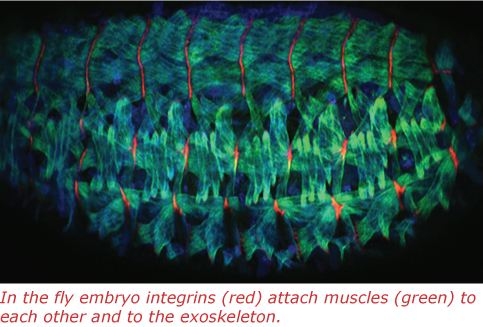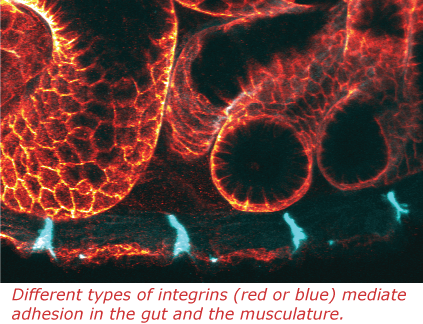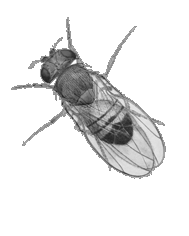Our Work
The mechanism that keeps the individual units that make up our body, or cells, attached together is known as cell adhesion. Cell adhesion is of two types. In the first type, cell adhesion proteins on the surface of one cell bind directly to similar proteins on the surface of the adjacent cell. In the second type, which is the focus of our research, cell adhesion proteins on the surface of the cell, called integrins, bind to a network of proteins outside the cell, the extracellular matrix. Extracellular matrix proteins are made by the surrounding cells, transported outside, and assembled into a stable network. In many cases this matrix forms between two layers of cells and is used to link the two together, as the integrins in each layer bind to the same intervening extracellular matrix. An example of this is the link between two layers in our skin, the epidermis and the dermis. If the adhesion mechanism is faulty, then the two layers separate, resulting in a blister. Not only do integrins need to bind tightly to the extracellular matrix, but they also must be connected to a complex of proteins within the cell, the cytoskeleton, that dictate the cell shape, like reinforcing rods within cement.
There are two general aims to our research. The first is to elucidate how integrins are connected to the cytoskeleton. The second is to discover how integrins are used in different ways in the development of an organism from a single cell, the fertilised egg. These different ways include directing cell movements around the developing embryo, permitting cells to take on special abilities, and forming stable points of strong adhesion between cell layers. As these are complex problems, we have chosen a simple animal to study, the fruit fly Drosophila, so that we have the best chance of solving them. Fruit flies use integrins in the same way as we do, as exemplified by the fact that faulty integrins in the fly also cause blisters. We aim to discover the basic mechanisms of integrin function that are shared between all animals. In future, we will be able to apply this knowledge to the treatment of medical conditions arising from defects in integrin function, which include skin blistering diseases, muscular dystrophies, neurogical disorders, and aberrant blood clotting.
















